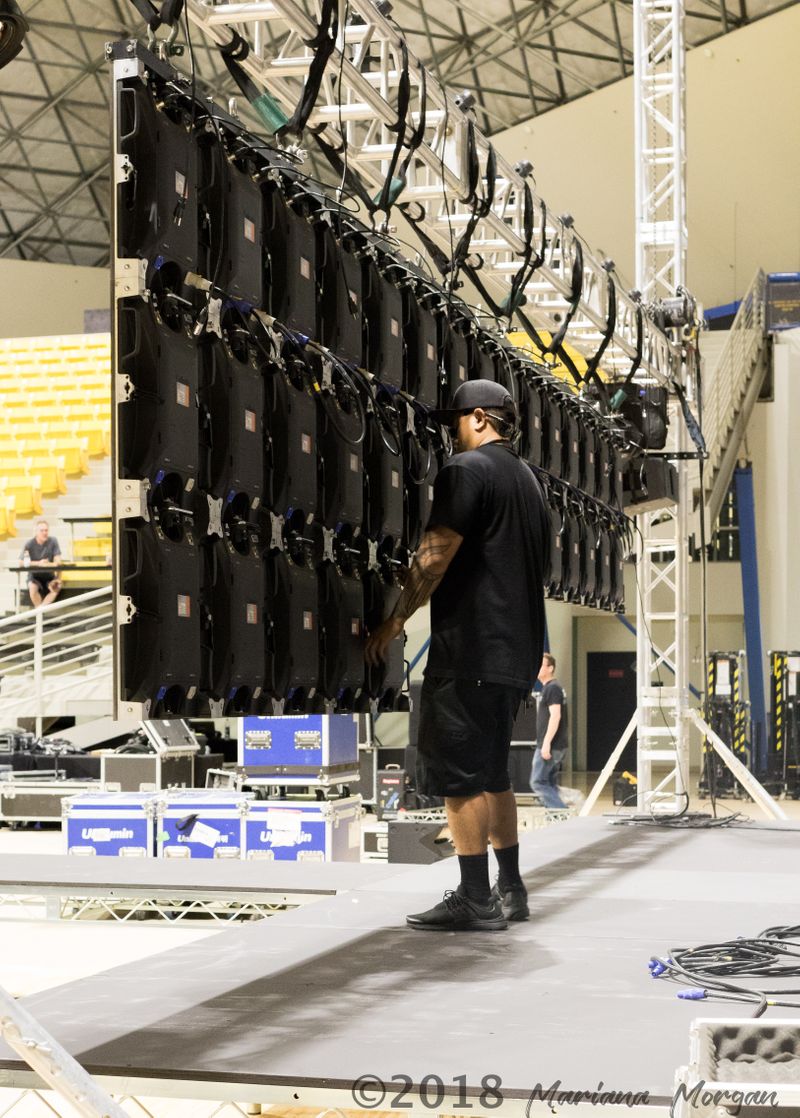Enhancing Visual Effect Through Strategic Material Scheduling in Light Emitting Diode Wall Execution
Wiki Article
Enhancing aesthetic impact throughout light-emitting diode wall performances requires careful preparation and strategic content scheduling. Light-emitting diode screens represent potent tools for visual storytelling, often used in concerts, events, and presentations. The effectiveness of these displays depends not only only on the quality of the visuals but also on how and timing they are presented. By understanding the audience's attention span and the flow of the event, event planners can craft a more engaging experience that enthralls spectators plus improves the total show.
One crucial element of strategic content scheduling is timing. It is essential to align the visuals to the beat and tempo of the show. For example, in the course of a music show, images should complement the rhythm and atmosphere of the music. This synchronization helps to create a cohesive experience that pulls the viewers closer. Additionally, it is crucial to take into account the length of each visual segment. Short, impactful clips can sustain audience interest, while longer visuals may be appropriate for instances of contemplation or sentimental bonding. By altering the length and intensity of the visuals, organizers can keep the viewers interested during the show.
Another important factor is the content in question. The visuals displayed on the LED screen should be pertinent to the theme of the show. This relevance aids to strengthen the go to this site narrative being conveyed plus makes the encounter more memorable for the viewers. For instance, if the performance is about ecological awareness, using visuals that illustrate nature and wildlife can amplify the message. Furthermore, adding lively elements, such as motion graphics or interactive visuals, can add thrill and keep the audience's attention. The right content, shown at the right moment, can considerably elevate the impact of the performance.
Viewer engagement is also a key factor in visual timing. Comprehending the characteristics and tastes of the audience can guide the selection of visuals. For example, a younger crowd may react better to vibrant hues and fast-paced motion graphics, while an mature crowd might appreciate more subtle and refined images. By tailoring the content to the viewers' preferences, event planners can craft a more tailored encounter that connects with spectators. Additionally, adding audience involvement, such as live polls or social interactions, can further enhance engagement and make the performance more engaging.
Finally, assessing the efficacy of the visual scheduling is essential for future performances. Gathering feedback from the audience can provide valuable insights into what worked well plus what could be improved. This information can assist event planners improve their approaches and take knowledgeable choices for future performances. By constantly evaluating and adapting the content scheduling approach, organizers can maximize the aesthetic effect of LED wall shows plus craft memorable encounters for their viewers.
